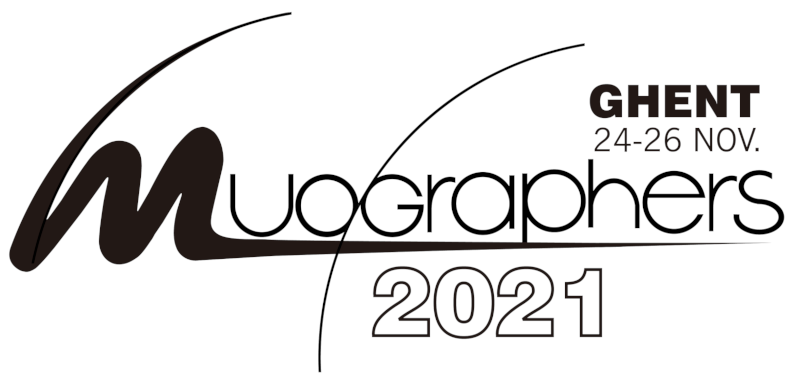Speaker
Description
In the last decades, several attempts have been made to investigate internal structures of large bodies, such as volcanoes, with transmission muography. High spatial resolution and reduction of the strong background noise due to protons, electrons and scattered low energy muons, are the main challenges for this technique. As a possible solution to fulfill these requirements, muography with Imaging Atmospheric Cherenkov Telescopes (IACTs) has been recently proposed and the feasibility demonstrated by our team using Geant4 simulations.
IACTs are telescopes dedicated to the gamma-ray astronomy consisting of an optical system that focuses the Cherenkov light into a high-sensitive and fast read-out camera. Muons with energy above about 5 GeV induce Cherenkov radiation which is emitted in a cone with a constant opening angle around their travel direction. As IACTs image in angular space, the Cherenkov light focused onto the camera forms a ring-shaped image centred at a distance from the focal plane centre proportional to the muon incidence angle. None of the previously mentioned source of background is expected to affect the IACTs muon signal.
Here we present MUCH, a lightweight and compact IACT design, specifically dedicated to volcano muography. The telescope design is based on a SiPMs camera working in the 280nm-900nm wavelength band, equipped with a fast read-out electronics with single photon counting capability.
The proposed Schmidt-like optical system is composed of a 2.5m aspheric mirror and a 2.5m Fresnel lens corrector. It results in a Field of View (FoV) of about 12°, an entrance pupil of 2.5m diameter and an angular resolution better than 0.2° throughout the entire FoV which allows us to determine the muon direction with a reconstruction precision better than a few tenths of degree.
A Geant4 framework for the simulation of Fresnel lenses and aspheric mirrors is currently being developed for the telescope prototype achievement.
